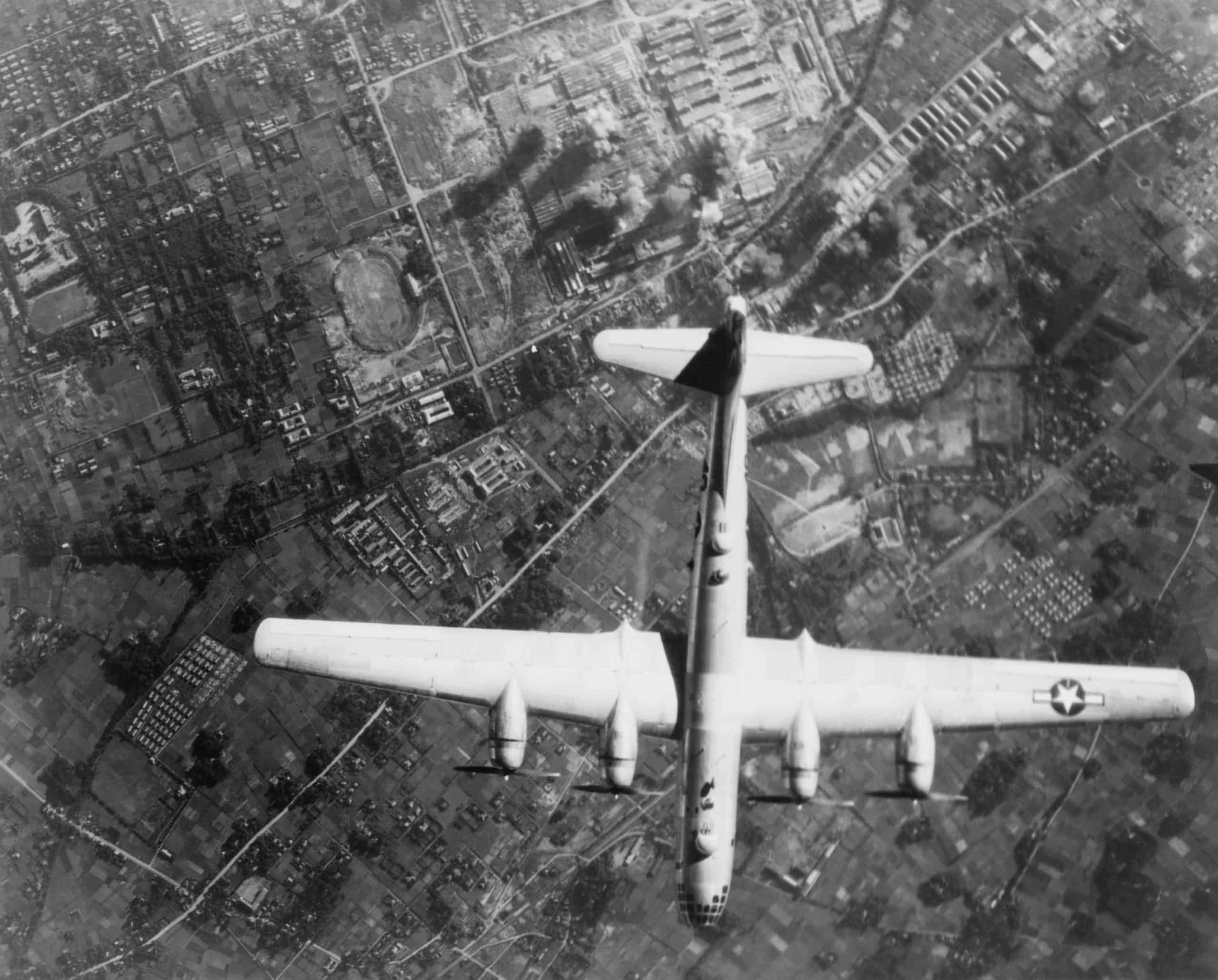

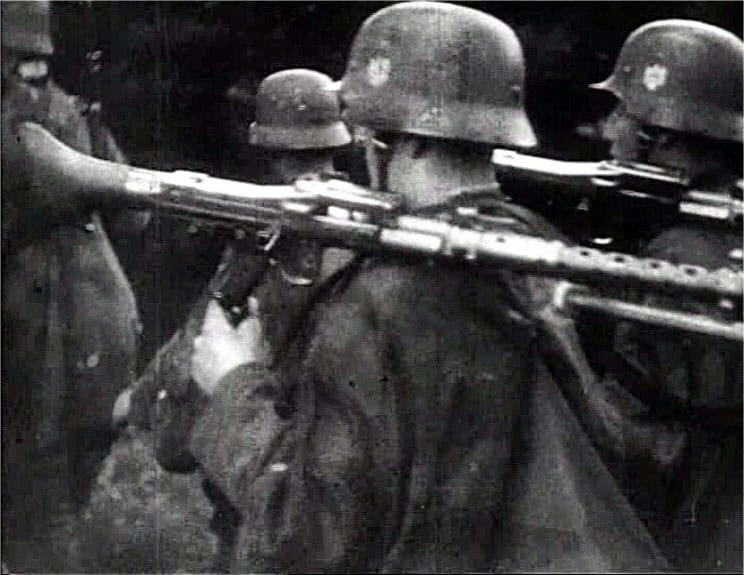



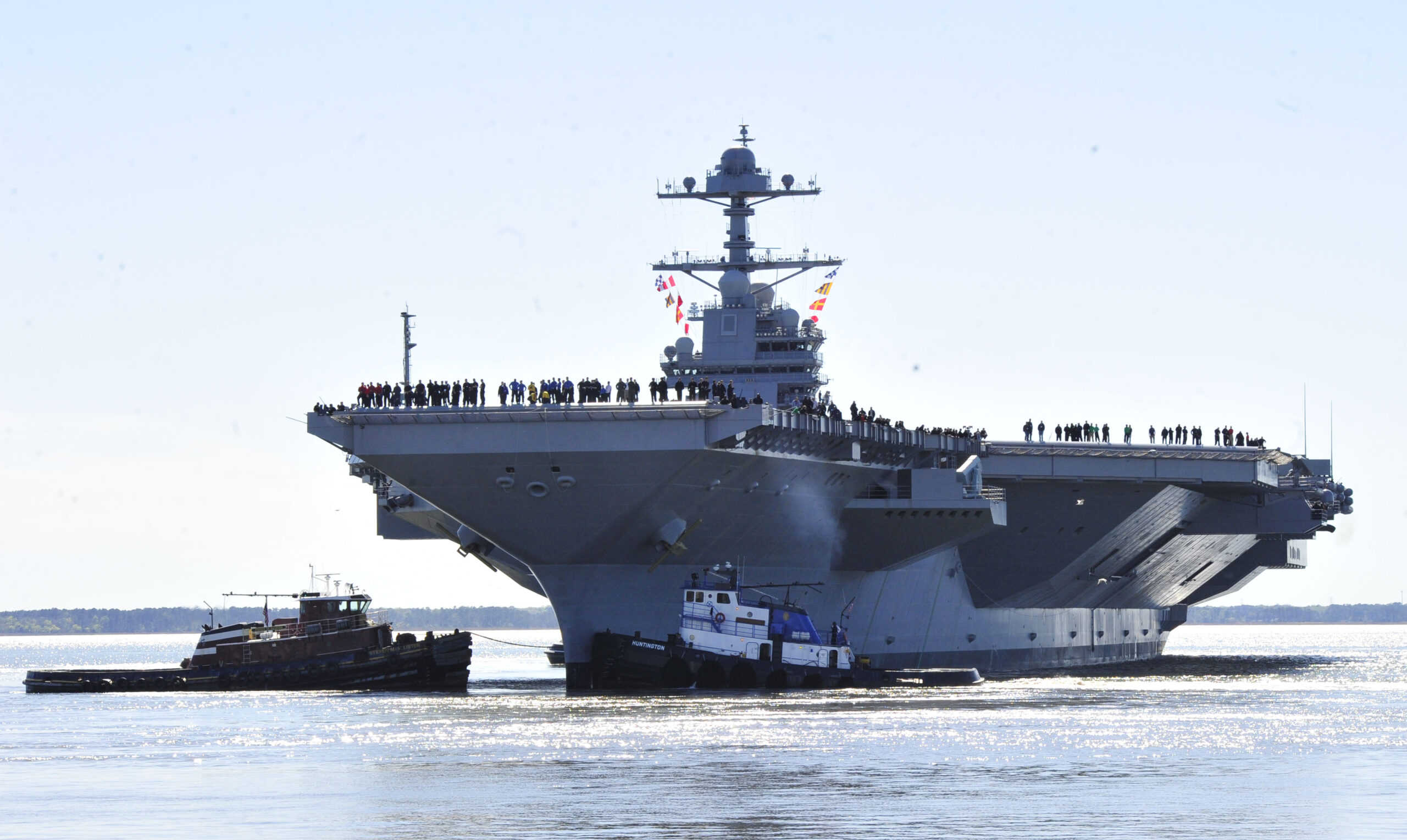






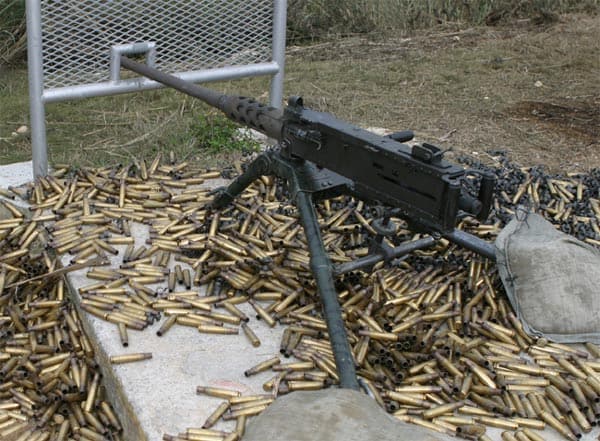
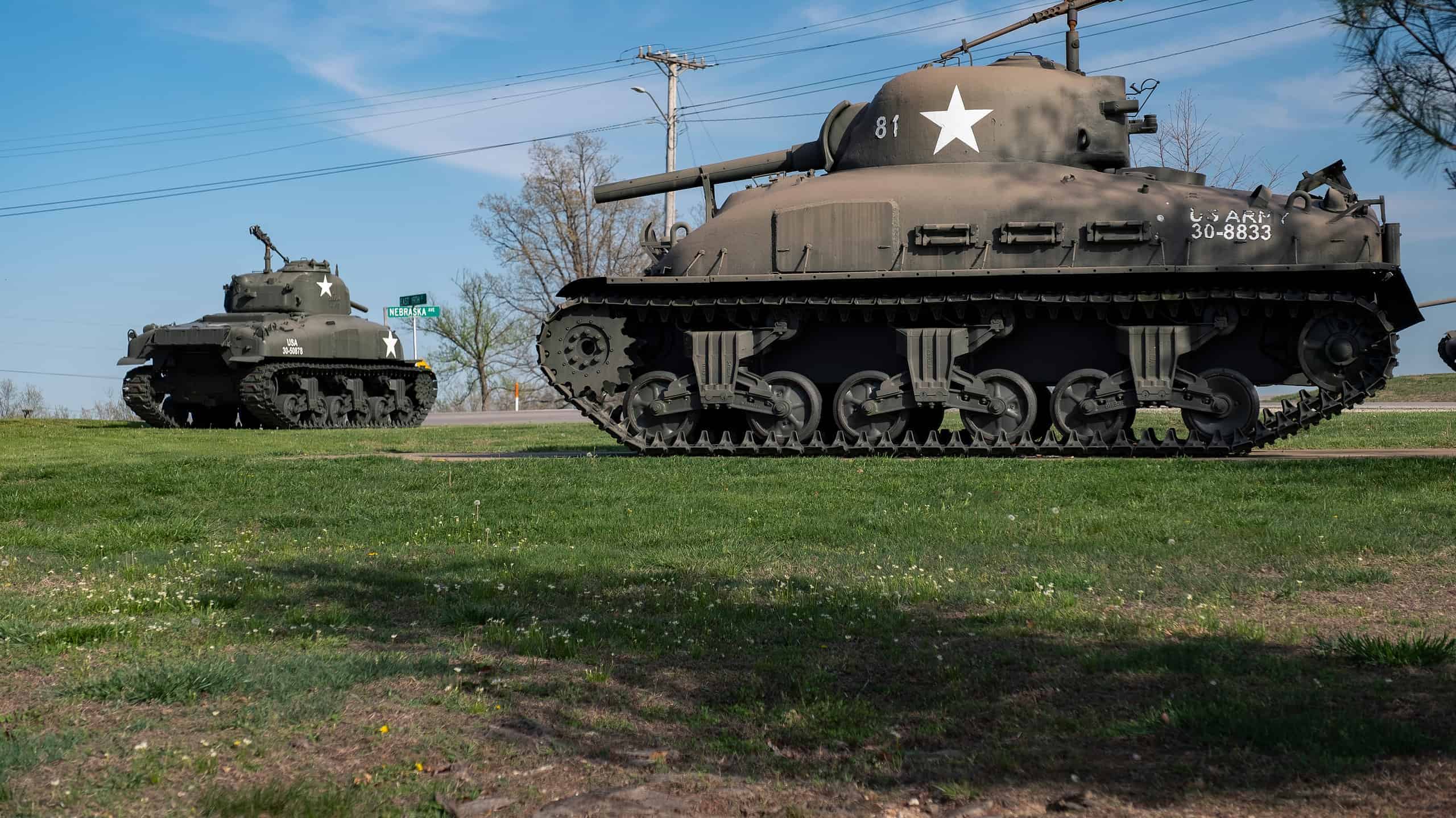
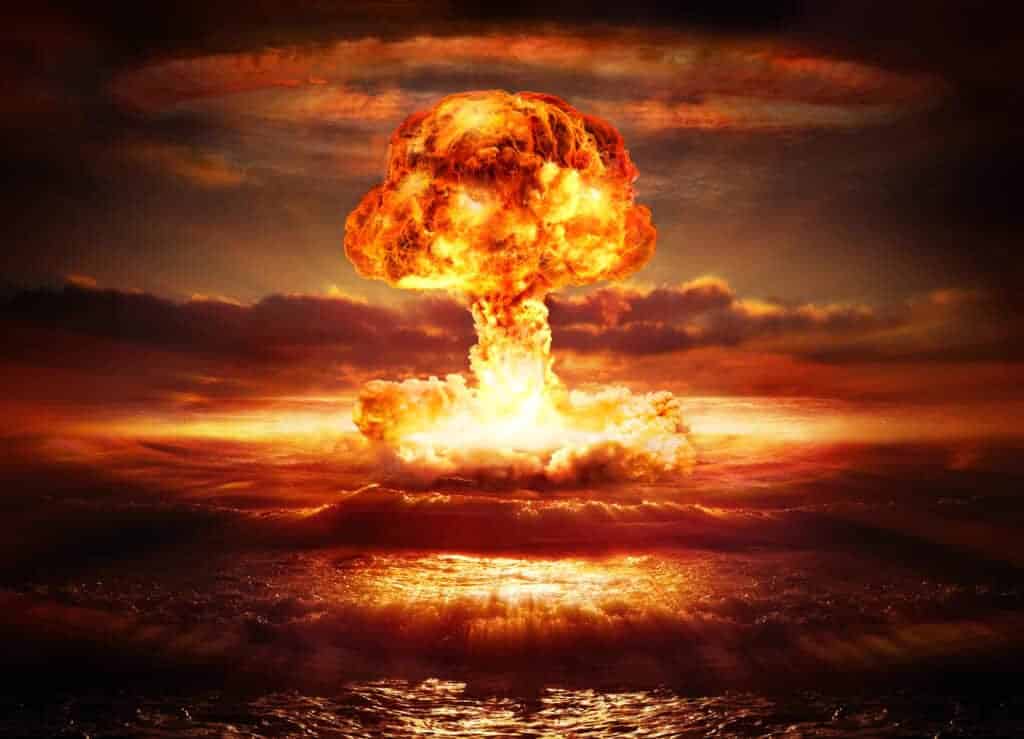
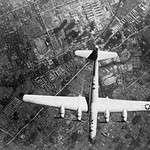
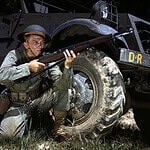
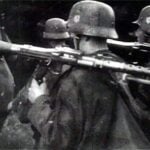



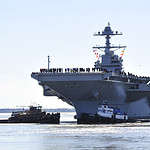






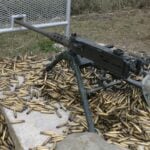
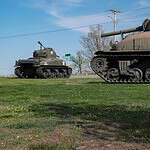
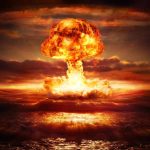
These Are the Weapons That Defined World War II
The weapons that defined World War II essentially dictated the flow of warfare over the next century. While the Second World War was fought with technologies we'd deem antiquated today, it was a period of transition for weaponry. Today, we're taking a closer look at some of the most important weapons to be deployed during the war.
M1 Garand
By today's standards, the M1 Garand is heavy, difficult to control, and restricted by the en bloc clips used to load the internal magazine. In 1942, no other country on the planet was fielding a semi-automatic rifle in larger numbers. The Soviets and Germans alike experimented with deployments, but semi-automatic and automatic rifles would be the norm going forward for all conflicts.
MG-42
The MG-42 gets quite a bit of lip service when looking back on military tech of the time. The high rate of fire combined with its deployment at the platoon level made for a potent fighting force. The MG-42 isn't the end-all of machineguns by any means, but it does show a shift in tactical doctrine, with automatic weapons propping up smaller fire elements in the modern era.
T-34 Battle Tank
The Second World War is perhaps the truest example of a tank war. Every side deployed armor, with the Soviet example perhaps the most notable. What makes the T-34 so remarkable is its sloped armor coupled with a fairly zippy rate of acceleration. The tank doctrine of the era focused on multiple classes of tanks, but the T-34 medium tank would set the standard going forward into the Cold War.
Panzerfaust
The M1 Bazooka is perhaps the more iconic anti-tank weapon for infantry from the Second World War, but I'd like to focus on the Panzerfaust. When looking at any modern military, you'll see infantry elements issued man-portable, disposable anti-armor launchers. The Panzerfaust is perhaps the earliest example of this that utilized a shaped charge to maximize armor penetration.
Radar
Radar lacks the flashiness or destructive power of other weapons systems. However, information is a potent armament of its own. Radar was originally developed by the English and proved to be vital for fighter and bomber craft conducting operations in the European theater. The information gap provided to the Allies ended up giving a crucial edge to the Western European air war.
Aircraft Carriers
I can't pinpoint a single aircraft carrier that was instrumental to the war effort. However, one of the primary weapons systems that defined World War II was the aircraft carrier. This sees a paradigm shift in naval doctrine, with air power being at the ready and introducing whole new stratagems to the fore when engaging targets in the sea or on land.
Guided Rockets
The V-1 and V-2 rockets were ultimately failures for Nazi Germany, killing more Germans than it did Allied targets. However, what they represent is something entirely different. Guided rockets would go on to inspire things like ballistic missiles and even the Space Race. While the program was a bust for Germany, it didn't stop the American and Soviet governments from snatching up the minds behind the program.
Proximity Fuses
Anti-aircraft weaponry of the era could be ineffective against smaller formations of craft. The invention of the radar proximity fuse drove up the success rate of anti-aircraft artillery substantially. Gunners no longer had to hope for direct hits, but could land shells near craft and cause massive damage.
B-17 Flying Fortress
Nothing is quite as effective as a squadron of bombers unleashing their payloads above a target to absolutely flatten it. The B-17 Flying Fortress was a common sight above the skies of Germany and Japan alike, and is one of the more enduring sights from the war.
Sten Gun
Submachine guns were fairly common at the squadron level during World War II. They filled a potential gap that only automatic weapons could fill. This was in an era before assault rifles or light machineguns, mind you. The Sten Gun was cheap, it was effective, and could readily use the 9mm magazines that fed the German MP-40, making for a popular weapon in European partisan groups in Western Europe.
Supermarine Spitfire
Every participant in the Second World War had its legions of aircraft. The British Spitfire is an iconic image, thanks in part to its high visibility in the Battle of Britain. British pilots loved the Spitfire's speed and how it maintained its energy in a turn. Given that the Germans were using 20mm cannons on some aircraft, armor mattered a lot less than just out-maneuvering the enemy.
88mm Flak Gun
The German-designed 88mm flak cannon was initially designed for use against aircraft. However, it proved to be quite versatile and served in a number of different roles before the war's end. It was used in an anti-tank capacity at one point, proving more than enough to punch through Allied armor.
Browning M2
Not many of the weapons featured on today's list are still in active use. Times change, missions change, and so it goes. The Browning M2 was developed in the First World War, saw extensive use in World War II, and is still in service today. You don't get much more iconic than that.
M4 Sherman
Quantity is a quality of its own, as the saying goes. The M4 Sherman wasn't the best tank of the war, nor the most effective in a straight-up fight. It was produced in huge quantities, and it was effective enough to defeat German armor when deployed with other elements, which is ultimately what helped win the war.
The Atomic Bomb
For all the weapons that come to mind with World War 2, few are as seared into the mind of the pubic consciousness as the atomic bomb. No other nation could quickly develop these, with German efforts focusing more on radioactive material than on the explosion. American forces dropped these on Hiroshima and Nagasaki, showing the rest of the world what a split atom could truly do.
